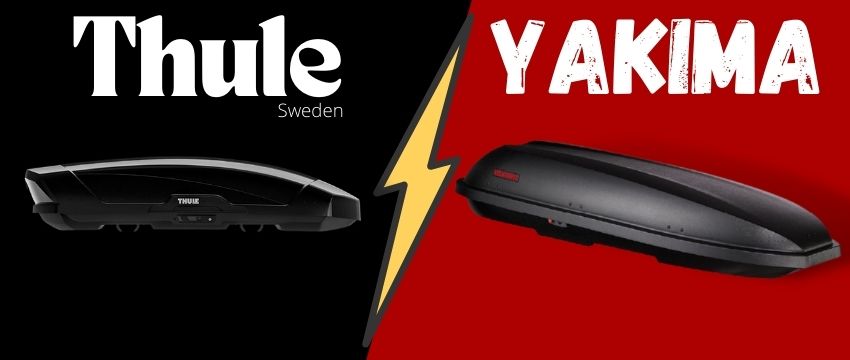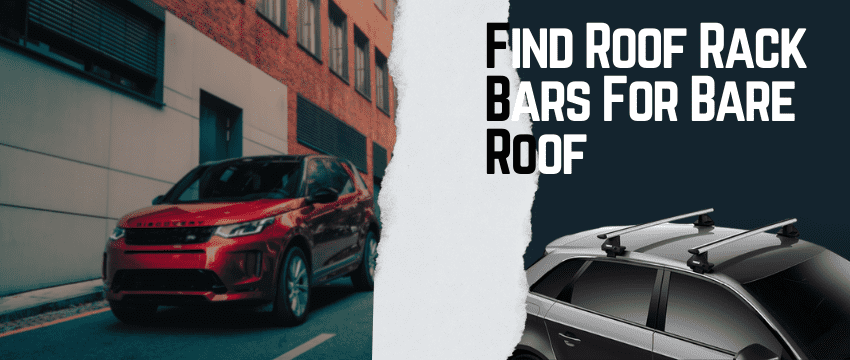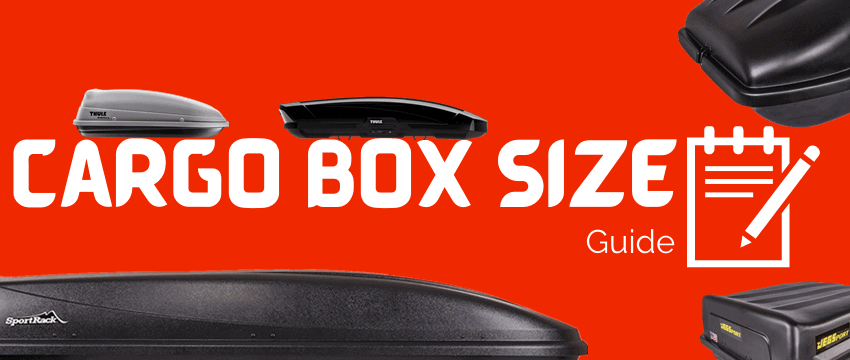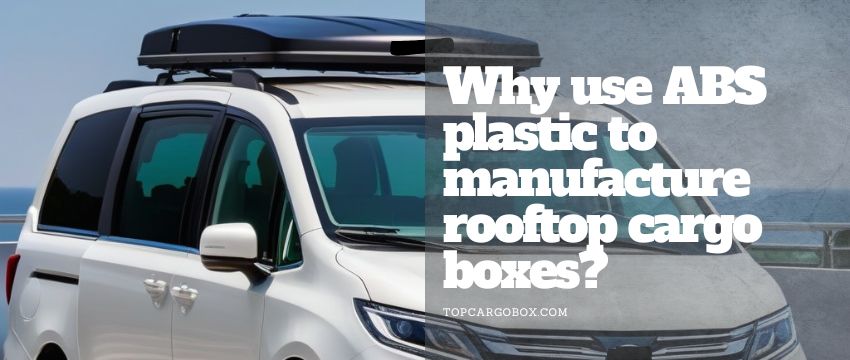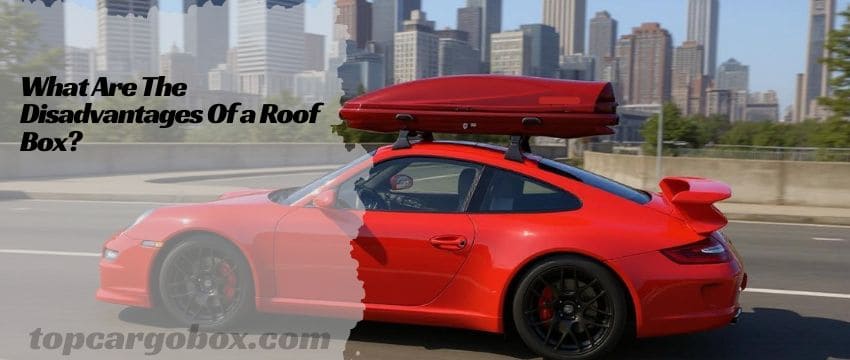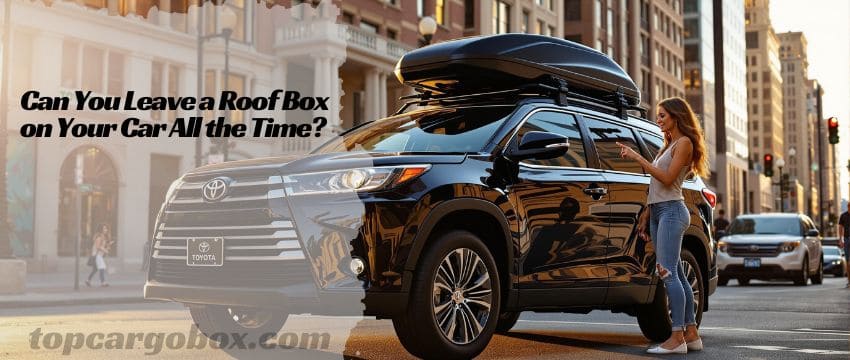The question of whether roof racks enhance a vehicle’s resale value is as layered as the reasons drivers install them in the first place. For some, roof racks symbolize adventure and practicality; for others, they’re an unnecessary appendage. This article explores how roof racks influence car value, dissecting factors like buyer demographics, installation quality, and market trends to reveal when they’re an asset—and when they’re a liability.
1. Roof Racks and Resale Value: The Data-Driven Perspective
Industry data from Kelley Blue Book and Edmunds suggests that aftermarket modifications rarely boost resale value unless they cater to niche buyer preferences. Roof racks fall into this gray area. A 2022 study found that SUVs and crossovers equipped with OEM roof racks sold 7–12% faster in outdoor-centric markets like Colorado and Oregon, though they didn’t always command higher prices. Conversely, in urban hubs like New York City, cars with roof racks spent 15% longer on dealership lots, often requiring price reductions.

The key takeaway? Roof racks can accelerate sales for the right buyer but don’t universally increase value. For example, a Jeep Wrangler with a heavy-duty Rhino Rack might appeal to overlanders, justifying a $1,000 premium. Meanwhile, a Honda Civic with an aftermarket rack could deter city dwellers concerned about aesthetics or fuel efficiency.
2. OEM vs. Aftermarket: The Quality Divide
OEM Roof Racks: Factory-installed racks, like Subaru’s Aero Crossbars, are engineered to complement the vehicle’s design and aerodynamics. These racks often integrate with existing roof rails and preserve warranty coverage, making them attractive to cautious buyers. A 2023 Consumer Reports survey noted that 68% of buyers trusted OEM racks over aftermarket options, associating them with reliability.
Aftermarket Racks: Brands like Thule and Yakima offer versatility but risk alienating buyers if poorly installed. A poorly fitted rack can damage roof seams or drip rails, leading to costly repairs. For instance, a Facebook Marketplace seller in Texas had to lower their Toyota 4Runner’s asking price by $800 after buyers flagged rust around DIY-installed rack mounts.
Pro Tip: Include installation receipts and warranty documents when selling. Transparency about the rack’s origin and upkeep can alleviate buyer concerns.
3. Fuel Efficiency and Aesthetics: Hidden Costs of Roof Racks
Roof racks impact more than just cargo space—they alter a vehicle’s performance and curb appeal.
- Fuel Economy: A loaded roof rack can reduce fuel efficiency by 5–25%, depending on aerodynamics. Buyers prioritizing cost-effectiveness may avoid racks, especially with rising gas prices.
- Aesthetic Wear: Sun exposure and road debris can fade or scratch racks over time. A faded, rusty rack on a otherwise pristine car signals neglect, deterring meticulous buyers.
A case study involving a 2018 Ford Explorer in California highlights this: The seller removed a scratched Thule rack before listing, resulting in a $1,200 higher sale price compared to a similar model with a rack.
4. Target Audiences: Who Values Roof Racks (and Who Doesn’t)
Outdoor Enthusiasts: Campers, cyclists, and skiers view roof racks as essential. In regions like the Pacific Northwest, roof racks are selling points. A REI Co-op survey found that 43% of buyers in outdoor markets considered roof racks “critical” when purchasing used vehicles.
Urban Commuters: City drivers often associate roof racks with noise, reduced garage clearance, and higher maintenance. A Brooklyn-based dealership reported that 30% of buyers requested rack removal, citing inconvenience.
Families: Minivan and SUV buyers may appreciate racks for luggage or sports gear but prefer removable systems. Models with detachable racks, like the Honda Odyssey’s roof rails, offer flexibility without permanent alteration.
5. The Installation Factor: Professional vs. DIY
Professional installation signals quality and care. Dealerships and certified shops use torque specs and sealants to prevent leaks, which DIY setups often overlook. A Colorado Springs auto shop reported that vehicles with professionally installed racks resold for 5–8% more than DIY equivalents due to perceived reliability.

DIY Risks:
- Water Damage: Improperly sealed bolt holes can lead to leaks, damaging headliners and electronics.
- Structural Weakness: Over-tightened bolts may strip threads, compromising the roof’s integrity.
6. Removable vs. Permanent: Strategic Flexibility
Removable racks, like Yakima’s Baseline system, allow sellers to market the vehicle both ways. If the buyer isn’t interested, the rack can be sold separately—a win-win. Permanent racks, such as welded expedition-style setups, limit the buyer pool but attract niche markets.
Case Study: A seller in Utah removed a Front Runner rack from their Land Cruiser, selling the vehicle for $28,000 (market average) and the rack separately for $1,200. The combined profit exceeded listing with the rack attached.
7. Legal and Warranty Considerations
- Warranty Voidance: Aftermarket installations may void roof-related warranties if they cause damage. Hyundai and Kia stipulate that non-OEM modifications affecting structural components aren’t covered.
- Regulatory Compliance: In the EU, roof racks must meet ISO 11154 standards. Non-compliant racks in regions with strict regulations can complicate sales.
8. Market Trends: The Rise of Modular Systems
Modular racks, like Thule’s T-Track, are gaining traction for their adaptability. These systems allow buyers to customize with bike mounts, ski carriers, or cargo boxes, enhancing resale appeal. A 2023 AutoTrader analysis noted that vehicles with modular racks sold 10% faster than those with fixed systems.
9. Practical Advice for Sellers
- Know Your Market: Research local buyer preferences. Advertise racks in outdoor forums or Facebook groups.
- Highlight Utility: Showcase the rack’s use cases—camping trips, gear storage—in listings.
- Maintain Documentation: Provide installation records, warranty info, and maintenance logs.
- Consider Removal: If the rack is aftermarket, remove it if it’s not adding value. Sell it separately.
10. Conclusion: Context Is King
Roof racks can enhance resale value in specific contexts—think outdoor markets or niche vehicles—but aren’t a universal upgrade. Their impact hinges on installation quality, buyer needs, and regional demand. By aligning your approach with market trends and maintaining transparency, you can turn a roof rack from a mere accessory into a strategic selling point.
Final Thought: A roof rack isn’t just a metal frame—it’s a storytelling tool. Position it as a gateway to adventure, and you might just find the perfect buyer.
Our team is creating outdoor-gear relevant articles with passion. If our articles can help you to find the correct solutions for your questions, we will be happy about that. In the content creation process, we usually collect accurate and useful information online or offline to compile our content in an organized way. Consequently, we can guarantee that you can discover some expected answers to your questions. We appreciate your time on our site.



